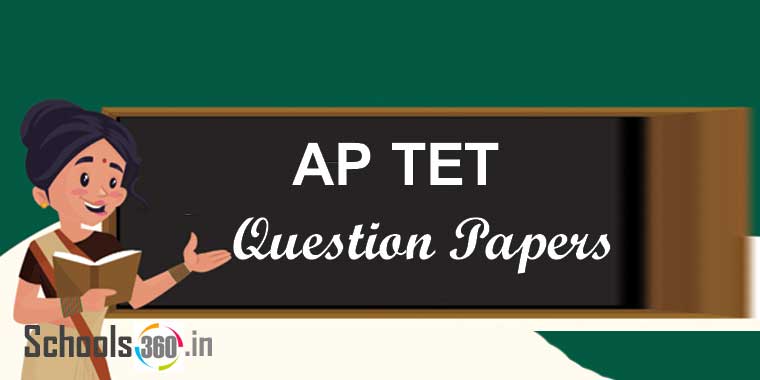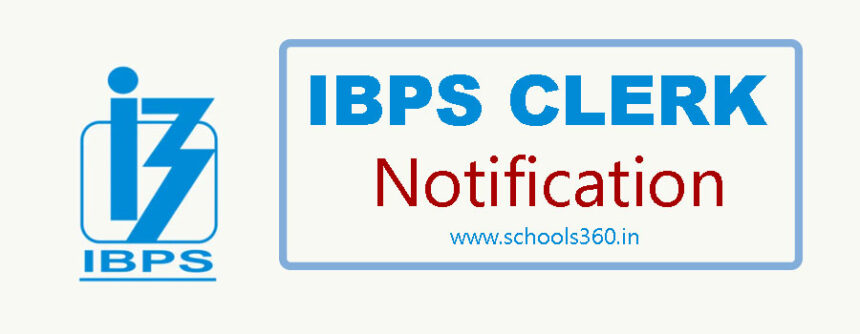TSPSC Field Assistant Syllabus & Exam Pattern 2024: TSPSC issued the Notification of TSPSC Field Assistant Recruitment 2024. The candidates who applied for this TSPSC Field Assistant Examination have to check the TSPSC Field Assistant Syllabus and Exam Pattern from here. A huge number of aspirants were applied for these posts of TSPSC Field Assistant can download the TSPSC Field Assistant Syllabus now. We gave here the complete information about TSPSC Field Assistant Exam Pattern & Syllabus PDF 2024. Read the complete article given below.
TSPSC Field Assistant Exam Pattern 2024
Here in this article, we discussed about TSPSC Field Assistant Exam Pattern for interested candidates. All the candidates before going to the Examinations please advised to check the TSPSC Field Assistant exam Pattern for the academic year 2024. After applying for this TSPSC Field Assistant Exam the candidates who are getting worried about the exam paper do not need to worry we have given the complete details here in this web page. With the help of this TSPSC Field Asst Exam Paper, you can easy to solve the bits and easy to crack the examination.

The TSPSC Field Assistant Exam Paper contains 150 questions and the questions will be asked in objective type. The total marks will be 150 marks. The time duration is 150 minutes. The TSPSC Field Assistant exam covers topics like GK & Biological Sciences. We tabulated the exam pattern below. Just go through the paper pattern so that you can get an idea about the TSPSC Field Assistant exam.
<<TSPSC Field Assistant Exam Pattern>>
SCHEME AND SYLLABUS FOR THE POST OF FIELD ASSISTANT IN TELANGANA STATE DAIRY DEVELOPMENT COOPERATIVE FEDERATION LIMITED
| PAPER | Subject | No.of Questions | Duration (Minutes) | Maximum Marks |
| 1. | General Knowledge and Biological Sciences (Intermediate Level) | 150 (General Knowledge 75 + Biological Sciences 75 (Intermediate Level)) | 150 | 150 |
| Name of the Papers | Language of Examination |
| Paper: General Knowledge and Biological Sciences (Intermediate Level) | Bilingual i.e., English and Telugu |
TSPSC Field Assistant Syllabus 2024 Download
Here we gave the complete information about TSPSC Field Assistant Syllabus 2024. The candidates who are appearing for the TSPSC Field Asst exam must download the TSPSC Field Assistant Syllabus from here. Also the candidates download the syllabus in PDF format. With the syllabus you can know all the topics in the upcoming exam. TSPSC Field Assistant Syllabus we mentioned in the below article.
Paper: General Knowledge and Biological Sciences (Intermediate Level)
General Knowledge:
- Current
- International Relations and
- General Science in everyday
- Environmental Issues and Disaster
- Geography and Economy of India and
- Indian Constitution: Salient
- Indian Political System and
- Modern Indian History with a focus on Indian National
- History of Telangana and Telangana
- Society, Culture, Heritage, Arts and Literature of
- Policies of Telangana
Biological Sciences (Intermediate Level) Botany
Diversity of Plant World
Branches of Botany-Plant Kingdom- Salient features, classification and alternation of generations of the plants of the following groups-Algae, Fungi, Bryophytes, Pteridophytes, Gymnosperms and Angiosperms.
Morphology – Morphology of flowering plants: Vegetative: Parts of a typical Angiospermic plant; Vegetative morphology and modifications-Root, stem and Leaf – types; Venation, Phyllotaxy.Reproductive: Inflorescence-Racemose, Cymose and Special types (in brief)-Flower: Parts of a flower and their detailed description; Aestivation, Placentation-Fruits: Types – True, False and parthenocarpic fruits.
Plant Systematics – Taxonomy of angiosperms:Introduction, Types of Systems of classification (In brief), Description of Families: Fabaceae, Solanaceae and Liliaceae.
Cell Structure And Function – The Unit of Life- Cell-Cell theory and cell as the basic unit of life- overview of the cell., Prokaryotic cells, Ultra structure of Plant cell (structure in detail and functions in brief), Cell membrane, Cell wall, Cell organelles; Endoplasmic reticulum, Mitochondria, Plastids, Ribosomes, Golgi bodies, Vacuoles, Lysosomes, Microbodies and Nucleus, Chromosomes: Number, structural organization; Nucleosome,Cell cycle and Cell Division- Cell cycle, Mitosis, Meiosis- significance.
Plant Physiology – Transport in Plants: Diffusion, Active Transport, Plant-Water Relations, Translocation of Mineral Ions. Mineral Nutrition: Role of Macro & Micro Nutrients, Deficiency symptoms of essential elements. Enzymes: Chemical Reactions, nature of enzyme action, Classification and Nomenclature of Enzymes. Photosynthesis: Cyclic and Non-cyclic Photo-phosphorylation, Calvin cycle. Respiration of Plants: Glycolysis, Tricarboxylic Acid Cycle, Electron Transport. Plant Growth and Development: Auxins, Gibberellins, Cytokinins, Ethylene and Abscisic Acid.
Microbiology – Bacteria: Morphology of Bacteria, Bacterial cell structure- Nutrition, Reproduction – Sexual Reproduction, Conjugation, Transformation, Transduction. The importance of Bacteria to Humans.
Viruses: Discovery, Classification of viruses, Structure of Viruses, Multiplication of Bacteriophages- The Lysogenic cycle, Viriods, Prions, Viral diseases in Plants, Viral diseases in Humans.
Ecology & Environment: Ecosystem: Biotic and Abiotic factors, types and components of ecosystem, food chains, food Web, Energy flow and Ecological pyramids. Carbon, Nitrogen & Phosphorous cycles. Population attributes: Growth, Natality and Mortality, Age distribution, Population regulation.Flora and Fauna of Telangana.
Zoology
Zoology – Diversity of Living World
- Branches of Zoology; Basic principles of Classification: Biological system of classification
- Species concept
- Biodiversity – Meaning and distribution (Genetic and Species Diversity, Ecosystem diversity), other attributes of biodiversity, role of biodiversity, threats to biodiversity, methods of conservation, IUCN Red data books, Conservation of wild life in
Structural Organization In Animals
- Levels of organisation, Multicellularity: Diploblastic & Triploblastic: types of Summetry
- Tissues: Ephithelial, Connective, Muscular and Nervous
Animal Diversity
General characteristics and classification up to classes – Porifera, Cnidaria, Ctenophora, Platyhelminthes, Nematoda, Annelida , Arthropoda, Mollusca, Echinodermata, Hemichordata and Chordata – Protochordates, Pisces, Amphibia, Reptiles, Aves and Mammalia.
Biology & Human Welfare
- Parasitism and parasitic adaptation
- Health and disease: Life cycle, Pathogenecity, Treatment & Prevention: Entamoeba, Plasmodium, Ascaris, Wuchereria
- Drugs and Alcohol
Human Anatomy and Physiology
- Digestion and absorption: Nutritional disorders: Protein Energy Malnutrition (PEM),
- Breathing and Respiration: Respiratory disorders: Asthma, Emphysema, Occupational respiratory
- Body Fluids and Circulation: Disorders of the circulatory system: Hypertension, coronary artery disease, angina pectoris, heart
- Excretory products, their elimination and
- Muscular and Skeletal system: Generation and conduction of nerve impulse; Reflex action; Sensory perception; Sensory
- Endocrine system: Hypo and Hyperactivity and related disorders: Dwarfism, acromegaly, cretinism, gioter,
- Immune system: Basic concepts of Immunology – Innate Immunity, Acquired Immunity, Active and passive Immunity, cell medicated Immunity and Humoral Immunity, HIV and
- Reproductive Health: Reproductive health and STD; Birth control, contraception and medical termination of pregnancy; Amniocenteses; IVF-EF, ZIFT,
Genetics and Evolution
- Principles of Mendelian inheritance, Multiple alleles, Sex Determination, Sex linked inheritance, Metabolic and Chromosomal
- Origin of Life, Evidence for biological evolution, Theories of evolution: Lamarckism, Darwin’s theory of Evolution – Natural Selection with example; Modern synthetic theory of Evolution; Gene flow and genetic drift; Adaptive radiation; Speciation – Allopatric, sympatric; reproductive
Applied Biology
Bio-medical Technology: Diagnostic Imaging (X-ray, CTscan, MRI), ECG, EEG, Application of Biotechnology in health: Human insulin and vaccine production; Gene Therapy; ELISA; Vaccines, MABs, Cancer biology, stem cells. Single cell protein (SCP), Tissue culture – Microbes in Human Welfare-Microbes in Household products, Microbes in Industrial products- Fermented Beverages, Antibiotics, Chemicals, Enzymes and other Bioactive Molecules, Microbes in production of Biogas, Microbes as Biocontrol Agents, Biological control of pests and diseases, Microbes as Bio fertilisers.








